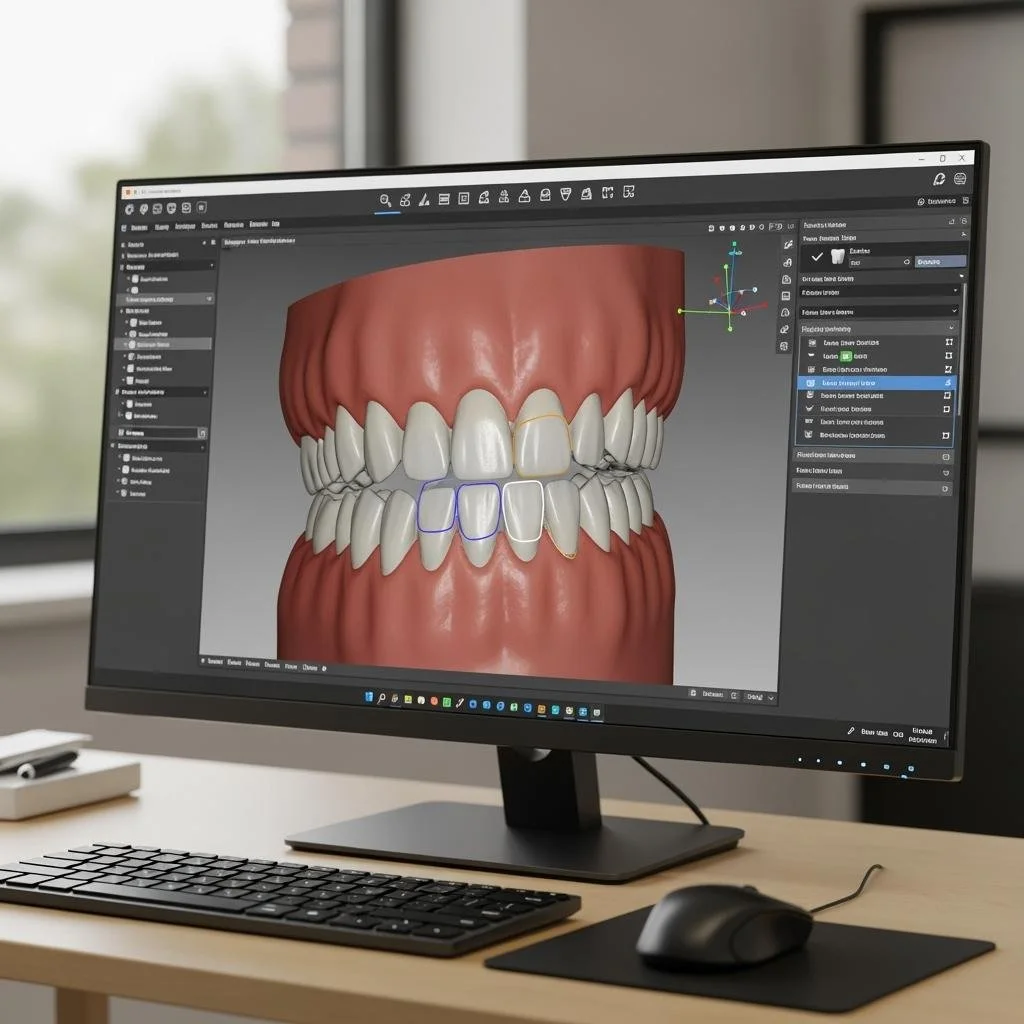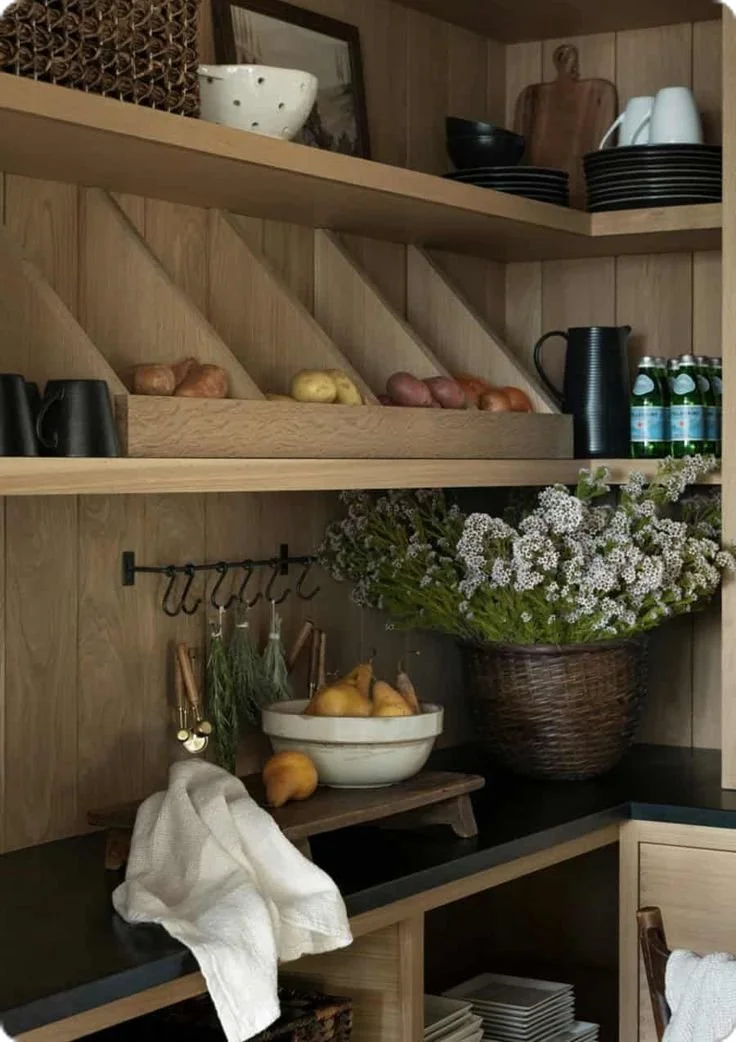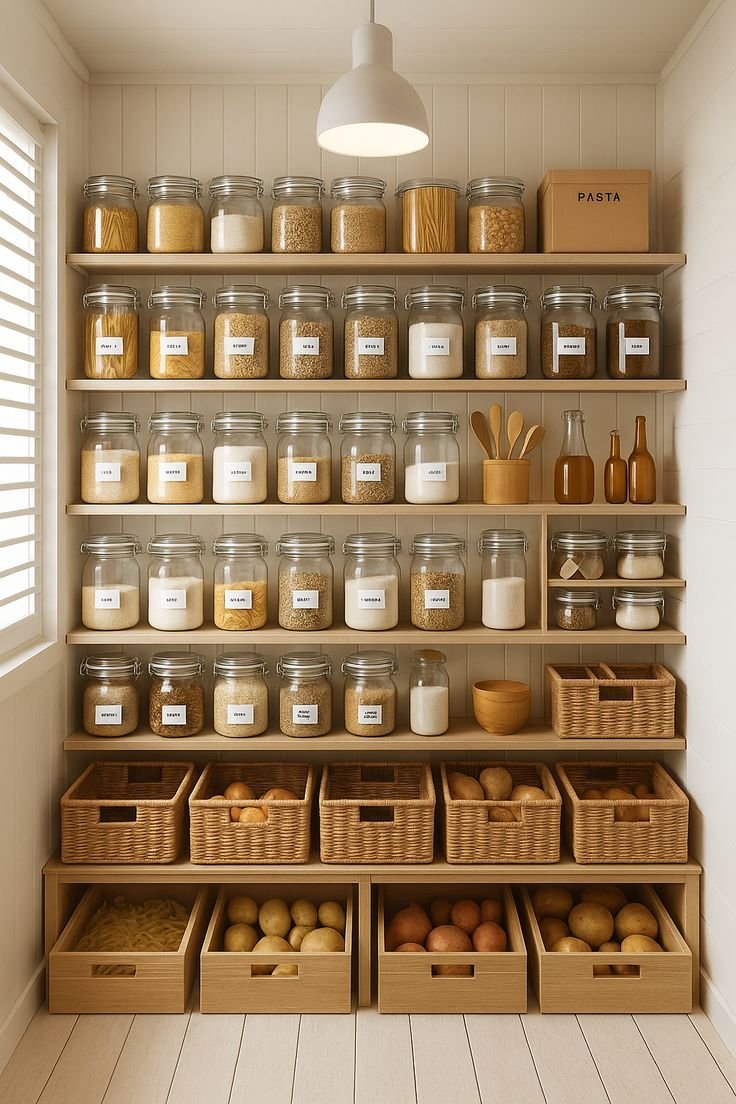As loved ones age, families are often faced with difficult decisions—especially during times of illness, surgery, or sudden life changes. In these moments, having access to compassionate, professional care can make all the difference. Short-term senior stays offer a flexible and supportive solution for seniors and their families, bridging the gap between hospital care and home life.
These temporary living arrangements provide more than just a place to stay—they offer personalized care, emotional support, and a safe environment to heal and recover. Whether you're navigating a medical recovery or simply need a temporary solution during a transitional period, short-term senior stays can be a vital resource.
In this article, we explore the impact of short-term senior care and its significance in providing compassionate care to seniors.
No. 1
Rehabilitation Support Through Short-Term Senior Living
Short-term senior living is specifically designed to assist older adults as they recover from surgery, illness, or injury. These programs provide targeted care that promotes healing and helps seniors regain independence.
Key features often include:
Physical therapy to rebuild strength and mobility
Skilled nursing care to manage medications and monitor health
Assistance with daily activities such as bathing, dressing, and meals
This level of care ensures that seniors receive the support they need in a safe and structured environment. Families can feel confident knowing their loved ones are in capable hands, while seniors benefit from a recovery plan tailored to their specific needs.
No. 2
Short-Term Stays as a Bridge Between Hospital and Home
Returning home immediately after a hospital stay can be overwhelming—especially for seniors who may still be regaining strength or adjusting to new health routines. Short-term senior stays serve as a transitional step, offering a supportive environment that eases the shift from hospital to home.
During this time, seniors receive:
Medication management to ensure proper dosages and timing
Nutritious meals tailored to recovery needs
Therapeutic services to aid in physical and emotional healing
This transitional care reduces the risk of complications and readmission while giving families time to prepare the home for a safe return. It also allows seniors to focus solely on their recovery without the stress of managing household responsibilities.
No. 3
Enhancing Mental and Emotional Well-Being During Transitional Senior Care
Recovery is not just physical—it’s emotional, too. Short-term care communities understand the importance of supporting mental health during times of transition.
These communities often offer:
Engaging activities like games, music, and art therapy
Social interaction through shared meals and group events
Emotional support from trained staff and caregivers
By encouraging connection and providing a positive environment, these stays help reduce feelings of isolation and anxiety. Seniors are more likely to thrive when they feel supported, understood, and part of a community.
Green Chef
Green Chef offers a variety of meal subscriptions to suit any lifestyle with each thoughtfully curated box bringing convenience and nutrition to any table
No. 4
Personalized Short-Term Solutions for Unpredictable Life Events
Life doesn’t always follow a predictable path. Whether it’s a sudden illness, caregiver burnout, or unexpected travel plans, short-term senior stays offer a flexible solution when immediate care is needed.
These stays are:
Tailored to individual needs, with customized care plans
Staffed by trained professionals who provide compassionate support
Designed to feel like home, offering comfort and familiarity
Short-term stays for seniors also give family caregivers a much-needed break, allowing them to recharge or manage other responsibilities without compromising their loved one’s care. It’s a practical and loving solution during times of uncertainty.
No. 5
The Lasting Value of Short-Term Senior Stays
Short-term senior stays are more than just a temporary fix—they’re a valuable resource that supports recovery, promotes well-being, and provides peace of mind. Whether your loved one needs help after surgery, during an illness, or while you take a break from caregiving, these stays offer professional care in a warm, welcoming environment.
With services that include rehabilitation, emotional support, and personalized attention, short-term stays help seniors regain strength and confidence while easing the burden on families.
Takeaways
Navigating the challenges of aging and recovery doesn’t have to be overwhelming. Short-term senior stays offer a compassionate, practical solution that bridges the gap between hospital care and home life. From physical therapy and skilled nursing to emotional support and social engagement, these stays provide everything seniors need to heal and thrive.
Whether you're planning ahead or facing an unexpected situation, short-term care can offer the support your family needs—when you need it most.
Want to learn more about how to support your loved ones through life’s transitions? Browse the rest of our blog for more helpful and informative articles.
Looking for Wellness resources?
Are you looking to enhance your wellness routine? Explore our wellness partners who offer a wide range of resources to support your journey toward holistic living and well-being.











































































































































































































